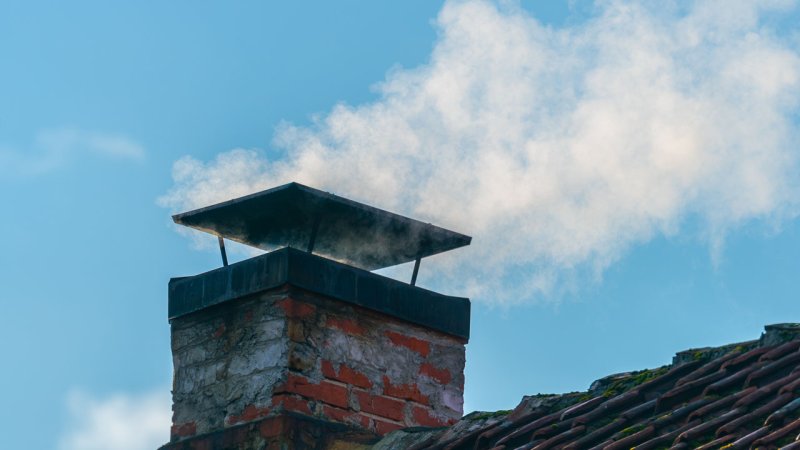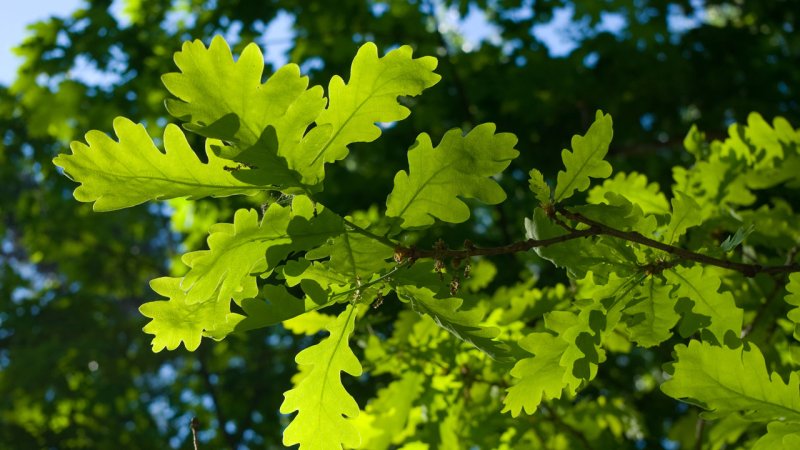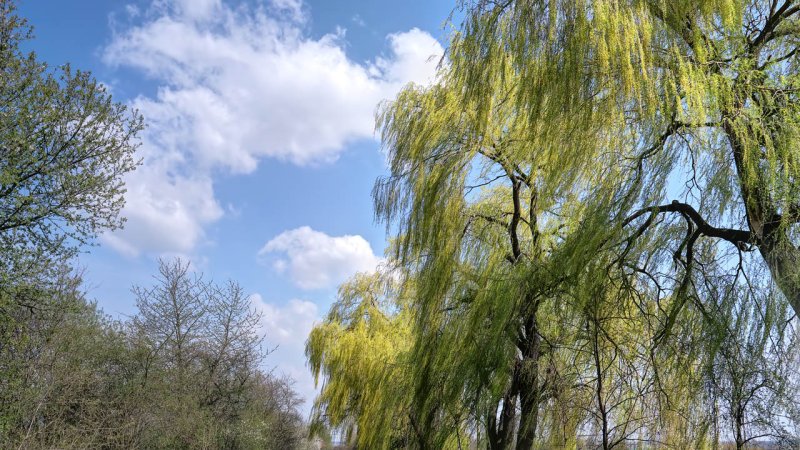
The Beaufort Wind Force Scale
3 min read
A whole gale, storm: Seldom experienced inland, trees are uprooted, considerable structural damage occurs. Wind speed: 89—102 km/h, wave height: 6—9 m
In the early 19th century, seamen regularly observed and recorded the weather but they did not have any kind of standardized objective scale to determine the strength of the wind. A well organized standardizing tool was finally introduced by the British admiral Francis Beaufort, in 1806. Originally the scale had 13 numbers (0 to 12). The numbers however do not correspond to wind speeds but to the qualitative sailing conditions for a man-of-war ship (the main ship of the Royal Navy at that time). At 0 all sails would be up, at 6 a half of the sails would have to be taken down and at 12 all the sail would have to be stowed away.
Wind speeds, as measured by an anemometer, and a description of the effects of the wind at sea and on land were later included in the scale. Basically, it was used to estimate the wind speed without any technical means, only by means of observation of waves and landscapes. In the middle of the 20th century, 5 further numbers were added to account for extreme conditions in hurricanes and tropical cyclones but this extended scale is nowadays only used by a few countries.
The Beaufort Wind Force Scale Table
| Beaufort number | Wind | Speed [km/h] | Land conditions | Wave height [m] |
|---|---|---|---|---|
| 0. | Calm | < 1 | Smoke rises vertically | < 0.03 |
| 1. | Light air | 1—5 | Direction of wind shown by smoke but not by wind wanes. | about 0.03 |
| 2. | Light breeze | 6—11 | Wind felt on face, leaves rustle, ordinary vane moved by wind | about 0.13 |
| 3. | Gentle breeze | 12—19 | Leaves and small twigs in constant motion, wind extends light flag | 0.3—0.7 |
| 4. | Moderate breeze | 20—28 | Wind raises dust and loose paper, small branches are moved | 0.6—1.2 |
| 5. | Fresh breeze | 29—38 | Small trees begin to sway, wavelets form on inland waters | 1.2—2.4 |
| 6. | Strong breeze | 49—49 | Large branches in motion, whistling heard in telegraph wires, umbrella use difficult | 2.4—4 |
| 7. | Moderate gale,
Near gale |
50—61 | Whole trees in motion, umbrellas discarded, inconvenience felt when walking | 4—6 |
| 8. | Fresh gale, Gale | 62—74 | Breaks twigs of trees, generally impedes progress | 4—6 |
| 9. | Strong gale | 75—88 | Slight structural damage occurs, chimney pots and slates removed | about 6 |
| 10. | Whole gale, Storm | 89—102 | Seldom experienced inland, trees are uprooted, considerable structural damage occurs | 6—9 |
| 11. | Violent storm | 103—114 | Very rarely experienced on land, accompanied by widespread damage | > 14 |
| 12.—17. | Hurricane | > 117 | Countryside is devastated | > 14 |









